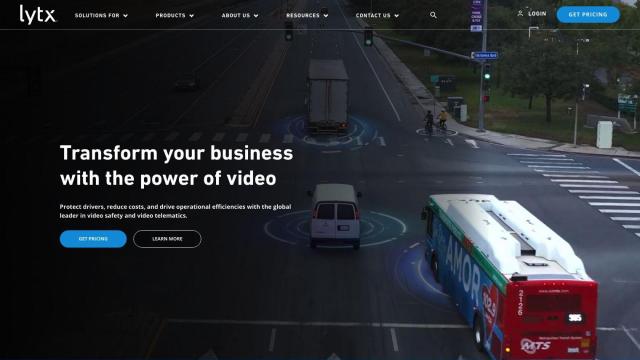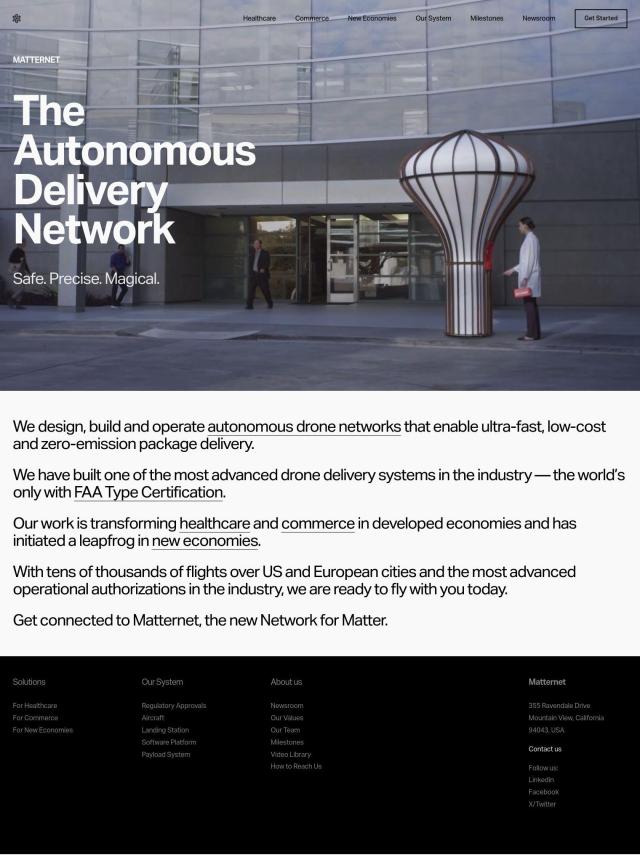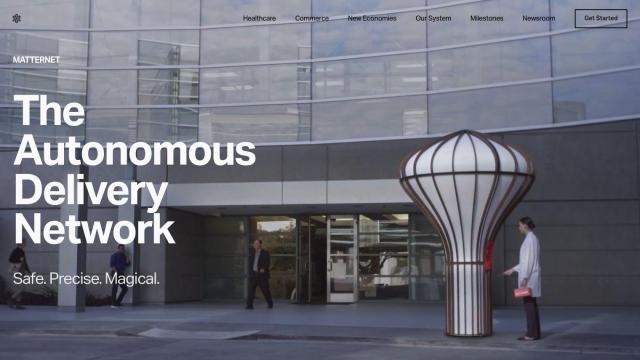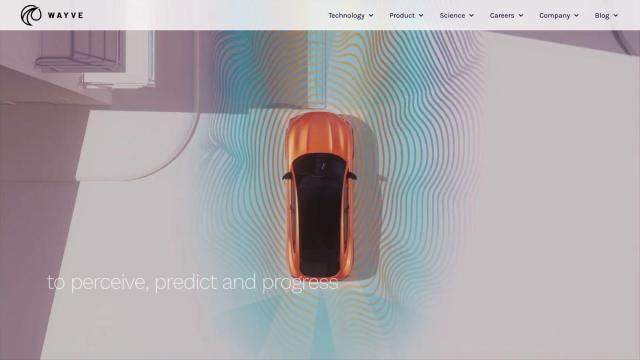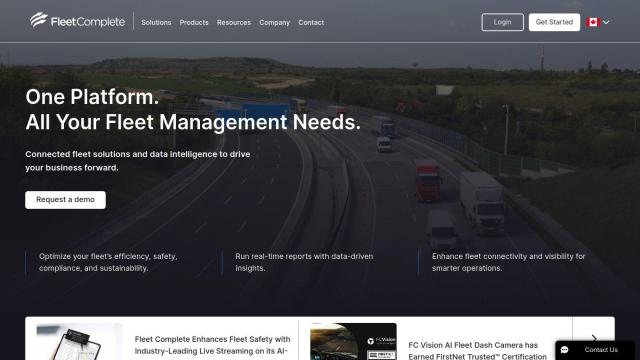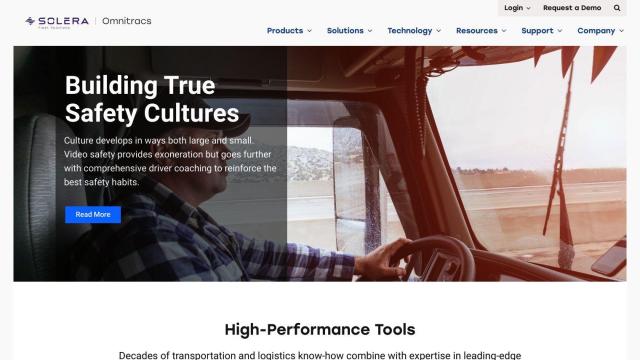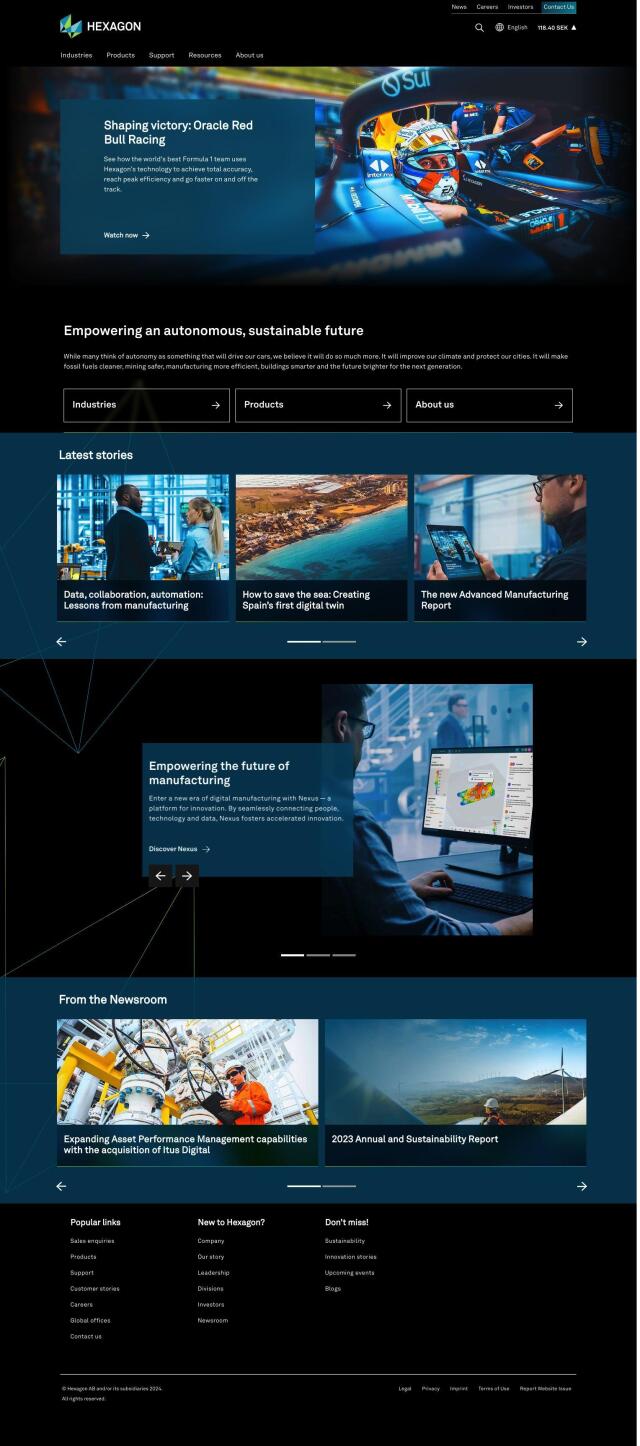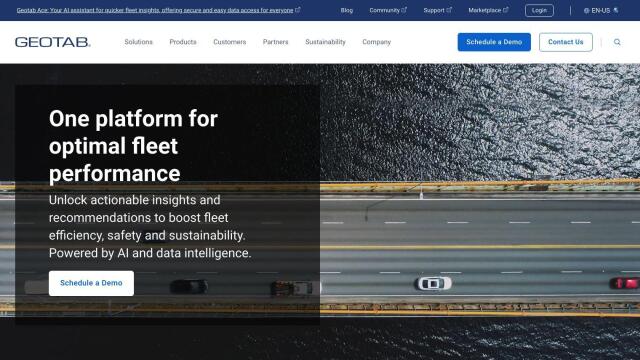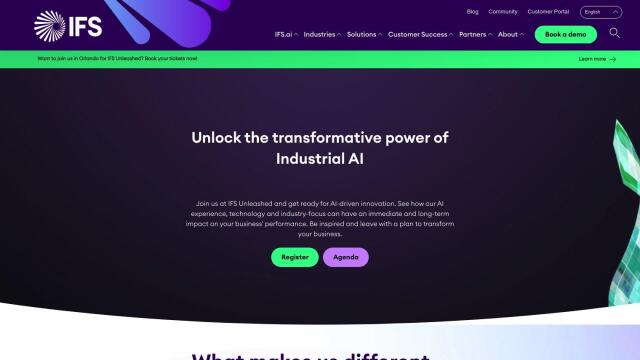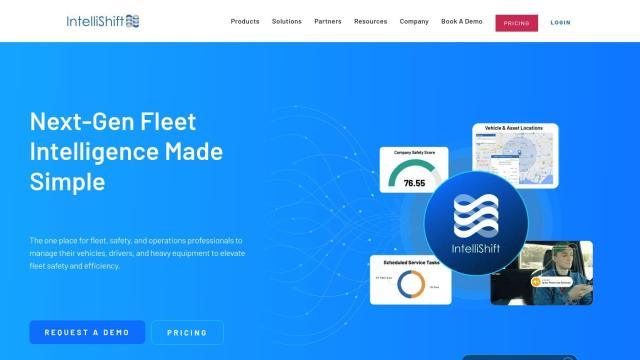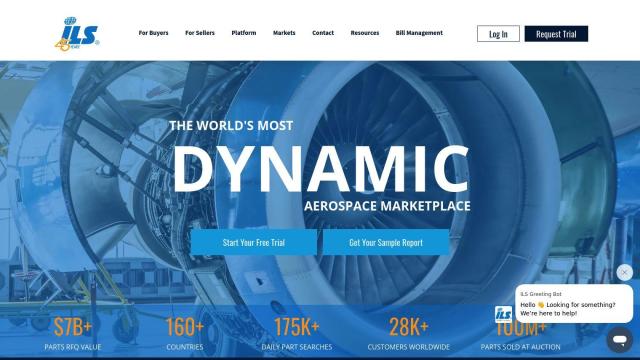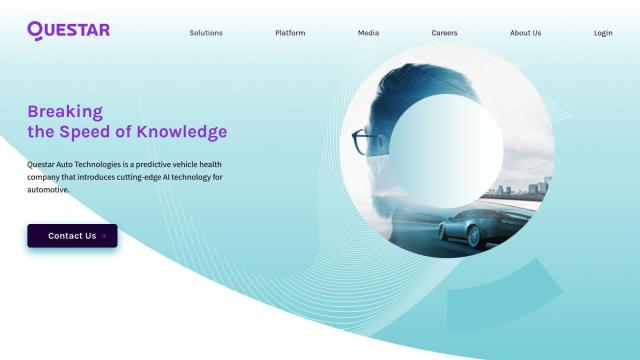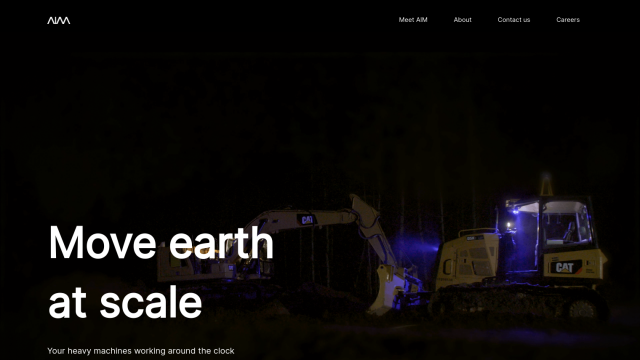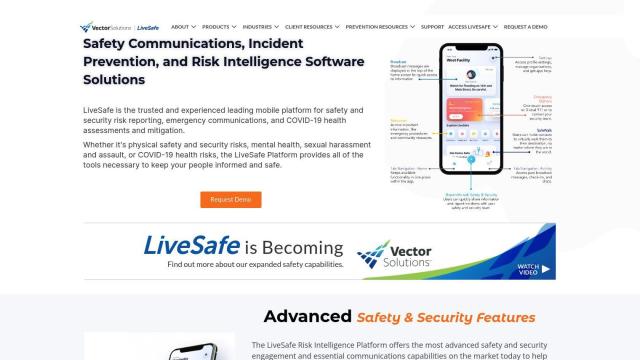Question: I need a technology that can enhance the safety and efficacy of military and commercial aircraft operations.

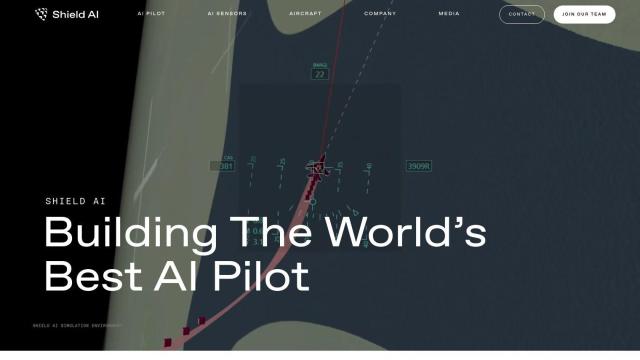
Shield AI
If you're looking for technology to improve military and commercial aircraft safety and efficiency, Shield AI is a top contender with its Hivemind AI pilot system. Hivemind can fly on its own with no GPS, communications or human pilots, and it works on a variety of aircraft, from drones to jets. It's been in combat since 2018 and can understand battlefields well enough to make decisions even without prior knowledge. The technology has military uses, but it could also be used for civilian logistics, cargo delivery and oil and gas inspection. It's safer and cheaper than human-piloted aircraft.

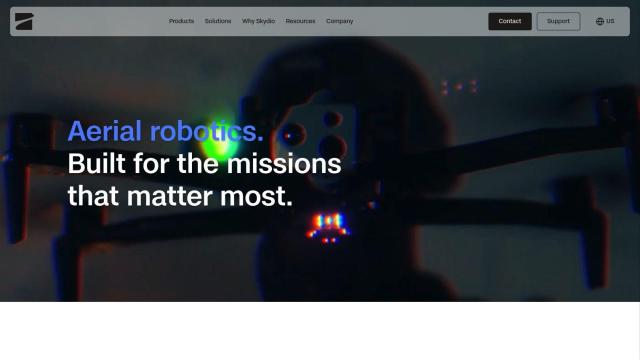
Skydio
Another interesting project is Skydio, which makes self-piloting drones with sophisticated AI and very high resolution visual and radiometric thermal imagery. The drones can fly on their own, navigating around obstacles, and are designed to be portable and rugged. Skydio's technology is geared for Defense and Public Safety customers, where it can provide the best data capture and efficiency. The ability to control the drones remotely and the Drone as First Responder (DFR) capability means critical work can be done more safely and quickly.

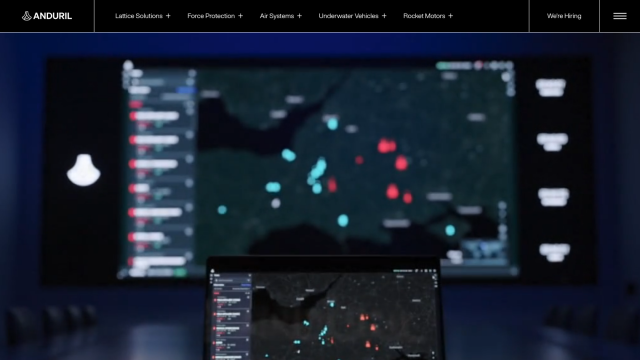
Anduril
For a broader suite of autonomous systems, take a look at Anduril. Anduril is a portfolio of autonomous systems designed to improve military operations across the land, sea and air domains. The system includes elements like Force Protection, Air Systems for intelligence and surveillance, and Underwater Vehicles for survey and inspection. Anduril's products are built on Lattice OS, which combines autonomous sensemaking and command & control with modular hardware components to provide persistent awareness and security across multiple domains.

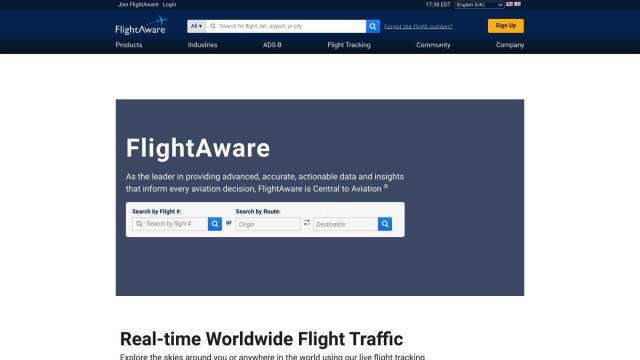
FlightAware
Last, FlightAware offers advanced aviation data and insights through its live tracking maps and flight status systems. By using AI and ML algorithms, FlightAware's HyperFeed engine ingests massive amounts of data to provide real-time flight tracking and predictive data. This data is available through a variety of APIs, which can be used to track flight schedules, monitor airport delays and analyze aviation trends, all of which can help improve operations and safety.



